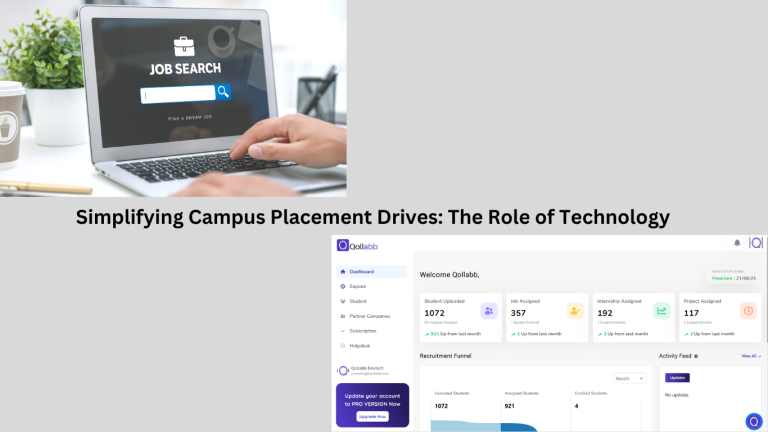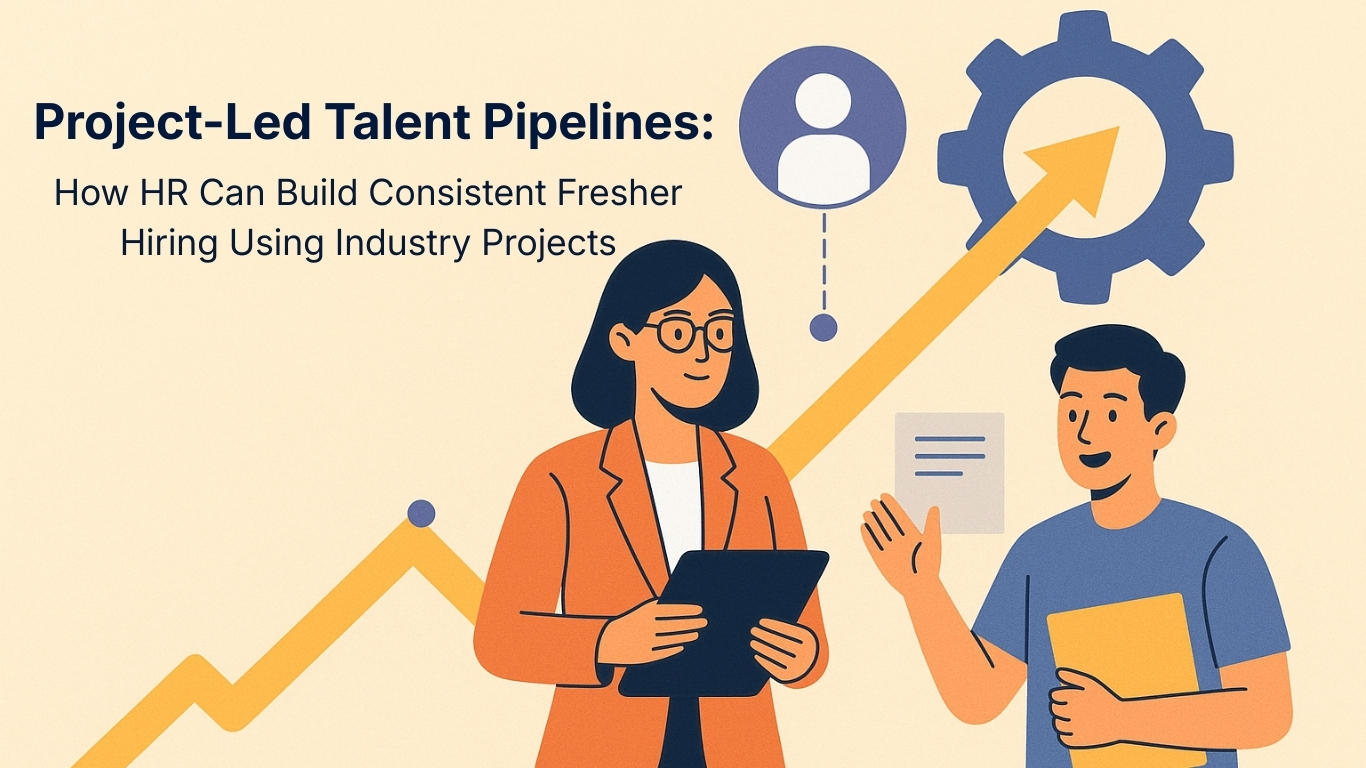Simplifying campus placement drives is crucial for universities and colleges that want to help students connect with the right employers. Traditionally, campus placement drives have been a long and complex process, involving multiple steps and significant resources. However, simplifying campus placement drives through the use of technology has transformed how universities and colleges engage with potential employers. By automating processes and providing real-time tracking, institutions can now help their students find job opportunities more efficiently.
The Challenges of Traditional Campus Placement Drives
Campus placement drives used to involve a lot of paperwork, manual scheduling, and back-and-forth communication between universities and companies. Managing these processes often took a significant amount of time and effort. Universities and colleges struggled to balance placement drive tasks while focusing on student success. Simplifying placement drives through technology is not only a time-saver but also enhances the overall experience for both students and employers.
Before technology, tracking employer engagement was difficult. Universities and colleges had to manually follow up with each company to ensure they were aware of job opportunities. As a result, valuable opportunities could be missed, and students were left in the dark about the status of their applications. With the introduction of digital tools, the placement drive process has become much more streamlined.
How Technology is Simplifying Campus Placement Drives
1. Automating the Process
One of the key ways that technology is simplifying campus placement drives is through automation. Digital platforms allow universities and colleges to send placement drive invitations to multiple companies with just a few clicks. Gone are the days of manually managing paperwork, scheduling interviews, and following up with employers. With automation, everything is taken care of seamlessly.
By automating these tasks, universities and colleges can ensure that more employers engage with their students. They can also track responses and manage follow-ups, all within one centralized platform. This automation not only simplifies campus placement drives but also ensures that students are connected with top employers faster.
2. Real-Time Tracking and Engagement
Another major benefit of using technology in placement drives is the ability to track employer engagement in real-time. Platforms like Qollabb offer universities and colleges a dashboard where they can monitor which companies have made job postings, responded to invitations, and shown interest in students. This feature is essential for simplifying campus placement drives because it allows universities and colleges to stay on top of the process without needing to chase after employers.
Real-time tracking provides instant feedback, allowing institutions to adjust their strategies if needed. For example, if certain companies are not responding, universities and colleges can reach out directly or adjust the job postings to better align with industry needs. This ensures that students always have the best opportunities available.
3. Improved Communication Between Students and Employers
Simplifying campus placement drives through technology also improves communication between students and employers. Digital platforms allow for easier scheduling of interviews, video calls, and feedback sessions. This reduces the need for back-and-forth emails and phone calls, which can often delay the placement drive process.
Students can now interact with employers more effectively, gaining immediate insights into their job prospects. Technology enables real-time chat features, video interviews, and online portfolios, helping students present themselves in the best light. This efficient communication improves the likelihood of students landing their ideal jobs.
4. Expanding Employer Reach
Technology has made it possible for universities and colleges to connect with employers from across the globe, thereby expanding opportunities for their students. Simplifying campus placement drives through technology removes geographical barriers, allowing students to access internships and job placements from companies that may not have been accessible before.
Digital tools allow universities and colleges to host virtual job fairs, invite global companies to placement drives, and offer students remote internships. This level of connectivity helps students explore a wider range of opportunities, giving them an edge in the competitive job market.
Benefits of Simplifying Campus Placement Drives with Technology
1. Time-Saving for Universities and Colleges
For universities and colleges, simplifying campus placement drives means saving time and resources. The automation of placement drive tasks means less time spent on administrative duties, allowing institutions to focus on student development and career guidance. Platforms that streamline the process also reduce the workload for career services teams, making the entire process more efficient.
2. Enhanced Student Success
By simplifying campus placement drives, universities and colleges can provide their students with better job opportunities. The use of technology enables faster and more reliable connections with employers, giving students a higher chance of securing interviews and job offers. With improved communication channels and expanded reach, students can find jobs that align with their skills and career aspirations.
3. Increased Employer Engagement
Employers are more likely to engage with universities and colleges that use technology to simplify the placement drive process. The easier it is for companies to post jobs, review applications, and schedule interviews, the more likely they are to participate in campus placement drives. This creates a win-win situation for both employers and students, ensuring that everyone benefits from a more streamlined system.
Conclusion: The Future of Campus Placement Drives is Digital
Simplifying campus placement drives through technology has revolutionized how universities and employers interact. By automating processes, tracking employer engagement in real-time, and improving communication, universities and colleges can offer their students better opportunities than ever before. As technology continues to evolve, the placement drive process will become even more efficient, benefiting both institutions and students alike.
For universities and colleges looking to stay ahead in the competitive education landscape, embracing technology is key to simplifying campus placement drives and ensuring student success. The future of campus placement drives is digital, and it’s time for institutions to adopt these tools to connect their students with top employers faster and more effectively.





